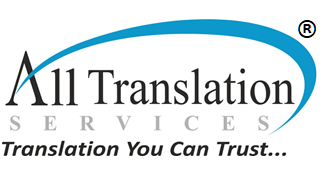The Trouble With Machine Translation: Mind The Crowdsourcing
Modern technology allows words to be translated from one language to another at the click of a button. It uses software and several layers of information to do so. But therein lies the problem. While using a personal translator saves 41.4% time on average, the accuracy of machine translation depends on a host of factors. It can be anywhere between 60% to 80% depending on the languages involved.
The Principle Of Machine Translation
The first record of the idea of machine translation dates back to 1629. Descartes originally suggested the concept of a universal language. This language would have a single representation for different concepts in different languages. Then, this idea evolved to using computers for translation in less than 20 years. At a primary level, computers substitute words in the input language with words in the output language. However, they also have other tools because the word to word translation rarely works. In the present day, machine translation uses several tools such as statistical models and neural networks.
That said, the principle behind machine translation is based on the idea that people make better decisions in large numbers. Thus machine translation relies on input from a large number of people. The software then processes this information to come up with translations for various languages.
The Problem
Unfortunately, the problem lies in the principle itself. We make better decisions in large numbers only in certain situations. For example, a group of translators can discuss, deliberate, and come up with a translation for a text. This translation will be better than the translations each of them can provide on an individual level.
However, this cannot be extended to the internet. Thus, machines may not be able to use the resource pool of the internet properly. This is because not everyone on the internet is an expert. Machine translation has checks and balances to counter this problem. Yet, it relies heavily on the opinion of many people who may or not be qualified to form one. Therefore, machine translation has many errors, including poor choice of words, lack of context, and gender swaps.
In the process of improving its translation, machine translation relies on feedback. Thus, they may use existing successful patterns to translate words. They measure success by the frequency of words used. Hence, rare words and creative ways to translate a text are lost.
How To Make The Best Use of Machine Translation?
The use of machine translation increased from 13% to 24% in just one year. This is because of the improvements in technology. Machines have learned to use grammar based on the knowledge they receive from humans. Also, a type of machine translation uses neural networks which enable them to translate with lower rates of errors. Thus, before using a machine to translate, one must decide on all the needs and use the best type (rule-based, statistical, neural, etc) of machine translation. Further, a human must check the entire work.
Though machine translation is not perfect, it is developing quite fast. Solely using machines to translate simple texts may not be too far in the future. However, when it comes to complex texts, they still have a long way to go. And, as of now, translation cannot do without human expertise.
